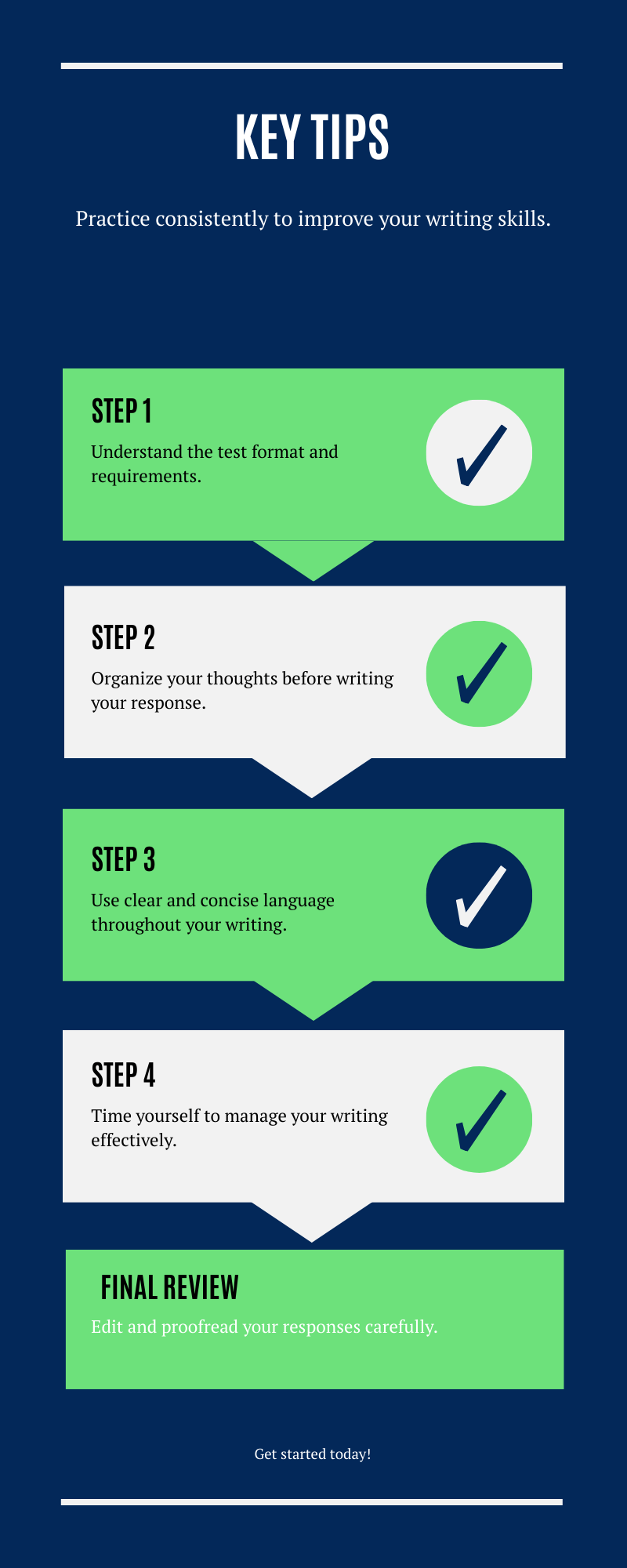For many Celpip Test Takers, the CELPIP Writing Test is the most challenging part of the exam. Whether the applicant is planning to study, work or apply for permanent residency in Canada, strong writing skills are necessary to achieve high scores.
Consistent practice of the CELPIP Writing Test is one of the best ways to build strong writing skills. This article will help you to explore what types of writing tasks you’ll face in exams, how to make most of your writing practice and why practice tests are important to achieve your target.
Let’s have a look at What Is the CELPIP Writing Test?
The CELPIP Writing Test checks your communication skills and how efficiently you communicate using English writing. CELPIP Writing is part of the CELPIP-General Test, which evaluates all four language skills that are Listening, Speaking, Writing and Reading.
Click Here for More Celpip Writing Email Samples

The writing section has two tasks:
Task 1: Writing an Email
In this task, you need to write a short email in response to a specific given situation. This may involve making a request, explaining a problem, or providing information and you will have only 27 minutes to complete this task.
Task 2: Responding to Survey Questions
In this task, you need to express and support your views on a given issue, which may be similar to an essay. In this task, you will have 26 minutes to complete.
The Importance of CELPIP Writing Practice Tests
Many Celpip test-takers misjudge how much Celpip Writing Practice Tests affect their writing performance. Regular practice of CELPIP Writing Practice Tests help you to:
Better Understanding of format: Knowing and understanding celpip test format helps to reduce test day anxiety.
Improve writing speed and save time: A Proper strategy is required to write answers under time pressure. Regular Practice helps in managing 53 minutes smartly.
Enhances grammar and vocabulary: Consistent writing practice strengthens vocabulary variety, overall fluency and sentence structure.
Develop coherence and clarity: Regular Writing practice helps in organizing ideas and presenting those arguments smartly.
Obtain feedback: Practice tests generally come with sample responses, so it is good to compare your answer with higher level of answers.
Types of CELPIP Writing Practice Tests
There are a number of different ways to practice the CELPIP Writing Test, and a combination of these different types of tests may give better improvement.
1. Official CELPIP Practice Tests
The official CELPIP website offers study material, paid practice packages and sample tests too. These practice resources are developed by the same organization which supervises the exam, this material makes the most of the reliable source for practicing CELPIP Writing Practice.
2. Online Writing Mock-Ups
There are a number of different online platforms that simulate the CELPIP writing interface. These platforms allow them to complete both tasks while managing their time smartly.
3. Writing Questions and Prompts
If you do self-study, you can create and download a list of topics covering common CELPIP themes like community issues, workplace challenges or personal experiences. Do practice regularly using these prompts.
4. Tutor Feedback
Writing practice is one of the most effective parts when you get feedback. Working with an English tutor or joining CELPIP study groups help you to understand your strength along with areas for improvement.
Strategies for CELPIP Writing Practice
To achieve good scores and the best results, you need more smart practice than just doing writing practice. Need to follow below key strategies:
1. Follow Time Limit
While practicing for the test, set a time target for yourself. This CELPIP Writing section has a total of 53 minutes, so you need to practice under some conditions which help you to build confidence and endurance.
2. Plan Ideas Before You Write
To construct an effective answer, spend around 3 to 5 minutes brainstorming your ideas and constructing your response answer.
3. Don’t focus on Complexity, just focus on Clarity
Using long sentences or complex vocabulary may lead to mistakes. So make an aim for grammatically accurate, concise and clear writing.
4. Cross-Check Your Work done
Proofreading at the end is also very important, so just leave a few minutes for proofreading of your answer at the end. Look for missing words, spelling errors and typos. Even a small mistake can lower down your score.
5. Use of Scoring Criteria
CELPIP Writing Scores are assessed on:
Coherence
Vocabulary use
Sentence Structure and Grammar
Responding completely to the question
Regular practice of such tasks helps you to become more confident in organizing information logically, using formal tone and expressing opinions.
Mistakes to Avoid
If you are a strong English speaker, you can make mistakes during the CELPIP Writing Test. SO below are some common mistakes that you should avoid:
Ignoring the word count (For Task 1, you need write your response around 150–200 words, and For Task 2 word count should be from 200–250 words)
Failing to address all parts of the question
Overuse of informal language in the formal tasks
Not leaving time to revise or edit your response
Copying memorized templates
Conclusion:
Mastering the CELPIP Writing Test needs focused improvement and consistent practice. Regularly completing your CELPIP writing practice tests increases your confidence level and helps you perform better on test day but also helps in improving your writing skills.
Treat every practice session as a real test, analyze and improve your mistakes, this will gradually refine your writing style. To score good, you can practice on a real time based practice platform i.e CelpipStore. This platform is having more than 250 of practice tests. With dedication and time, you can achieve a high CELPIP writing score.
